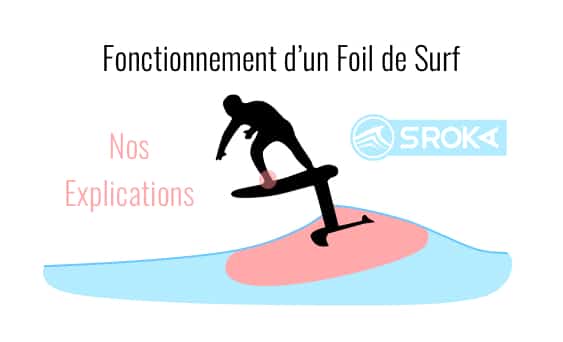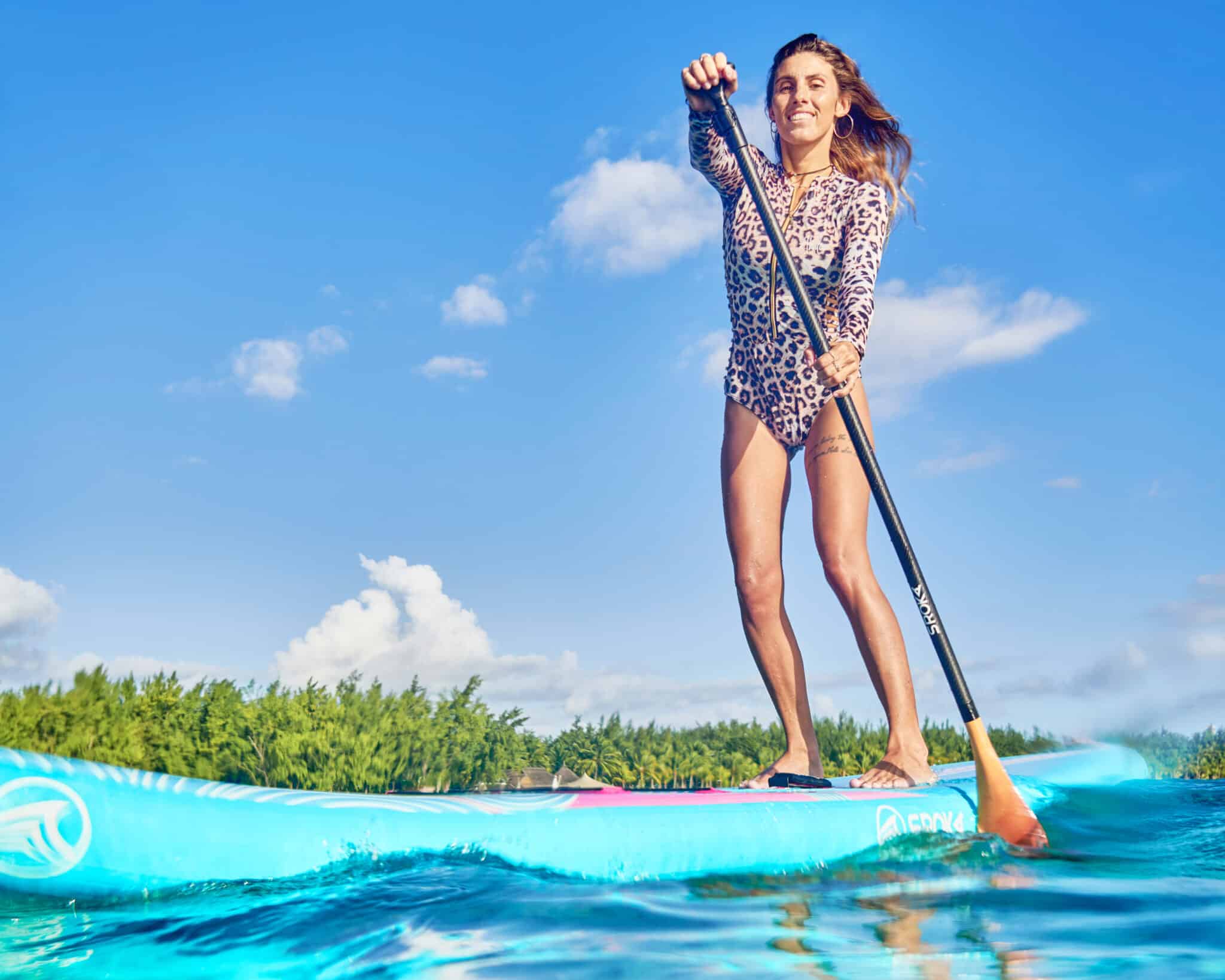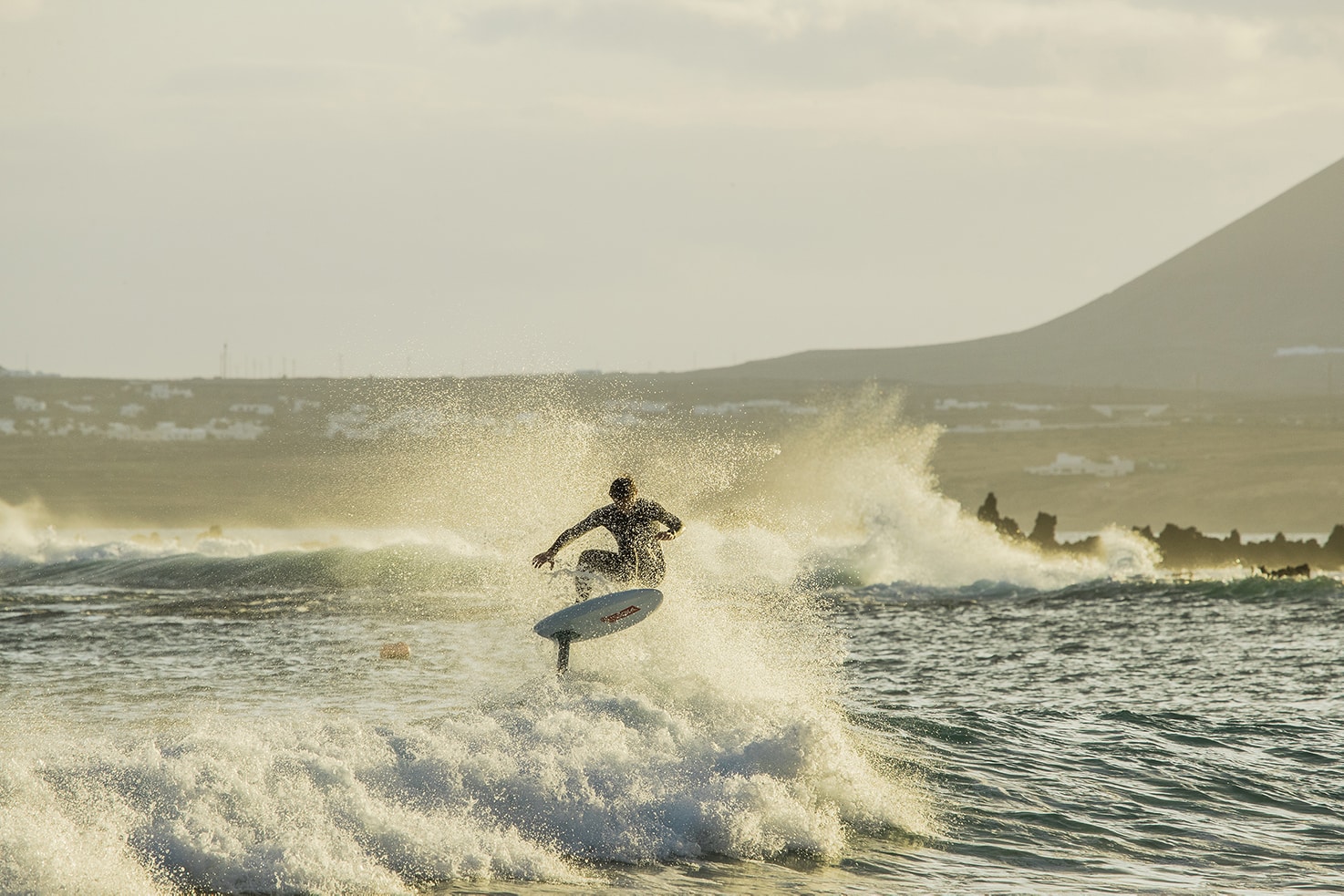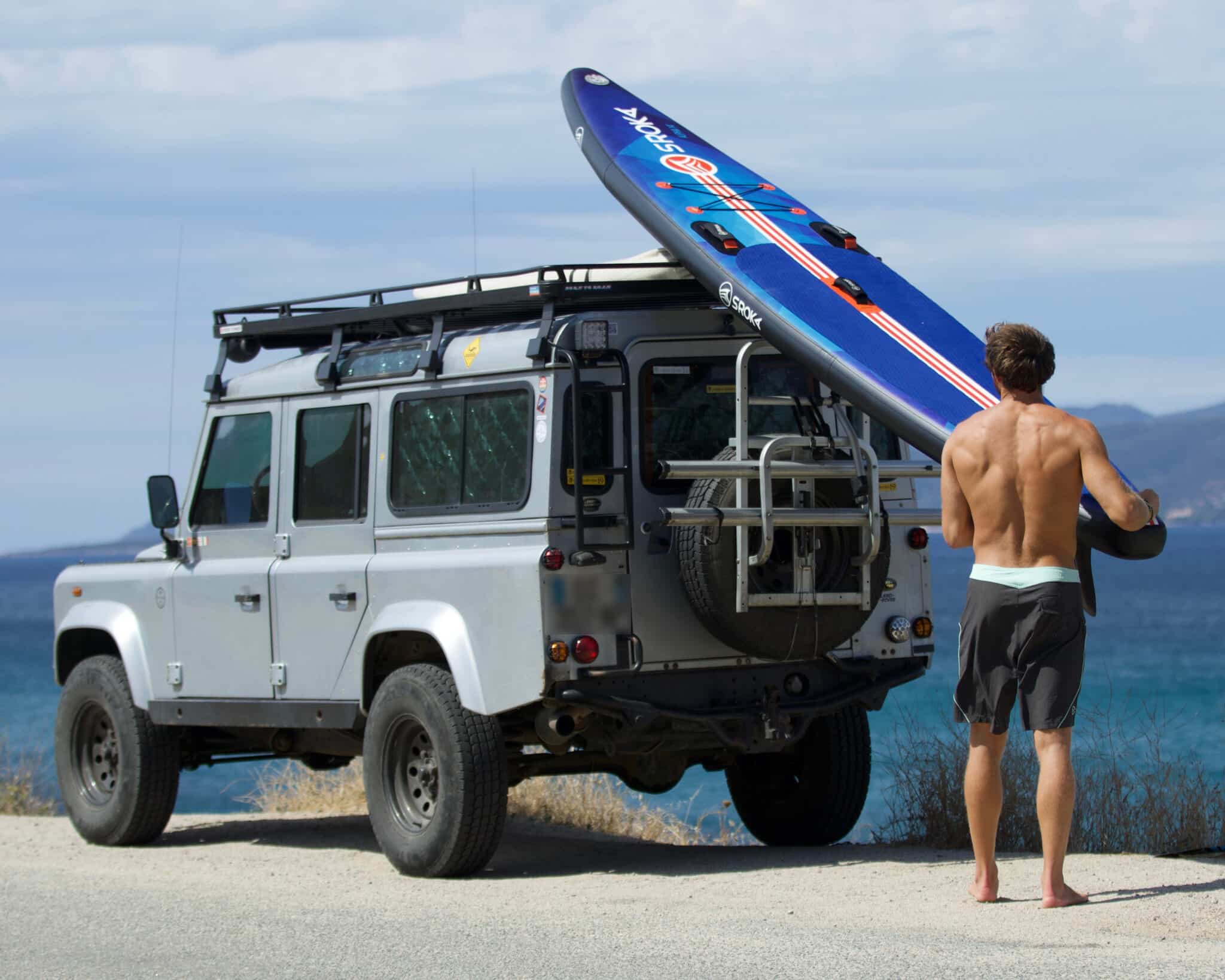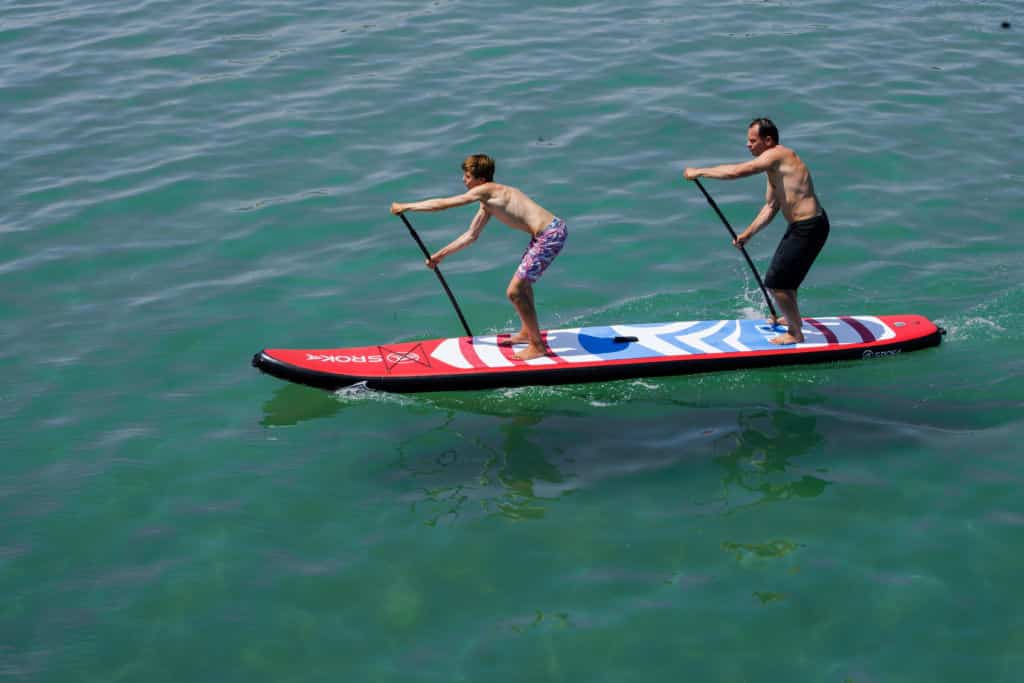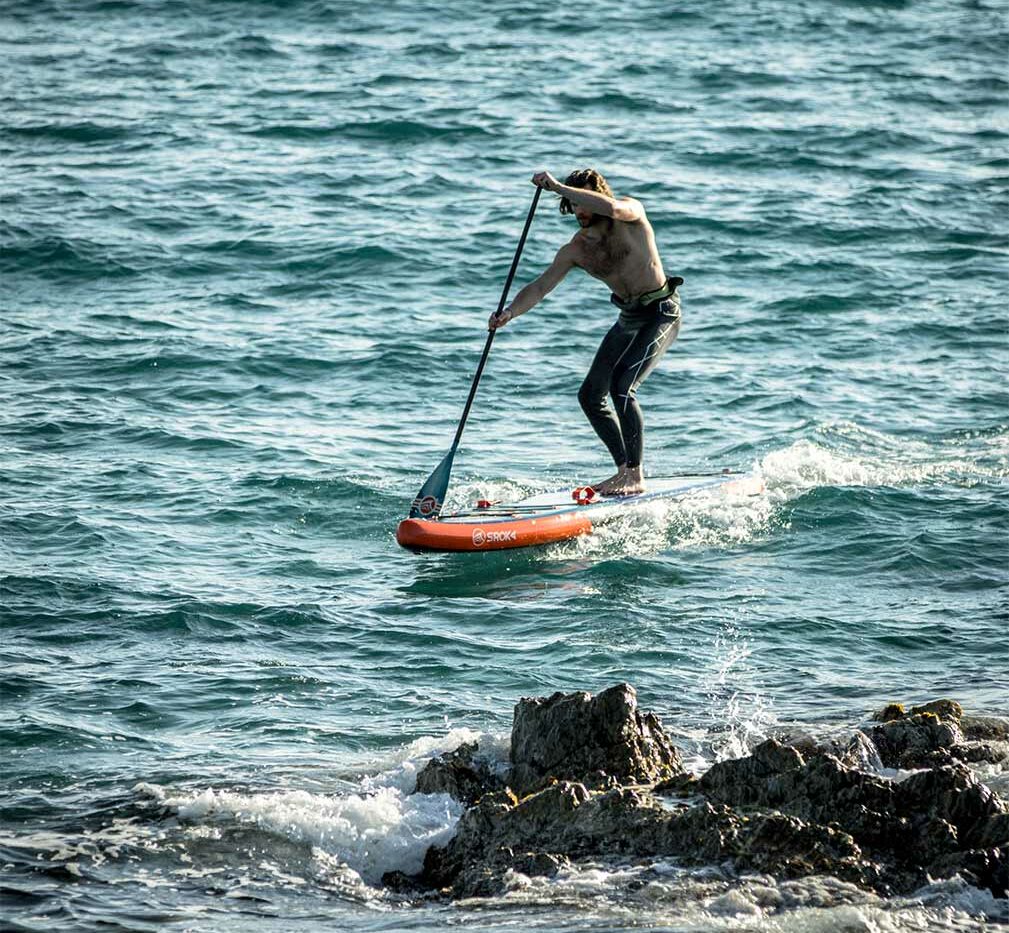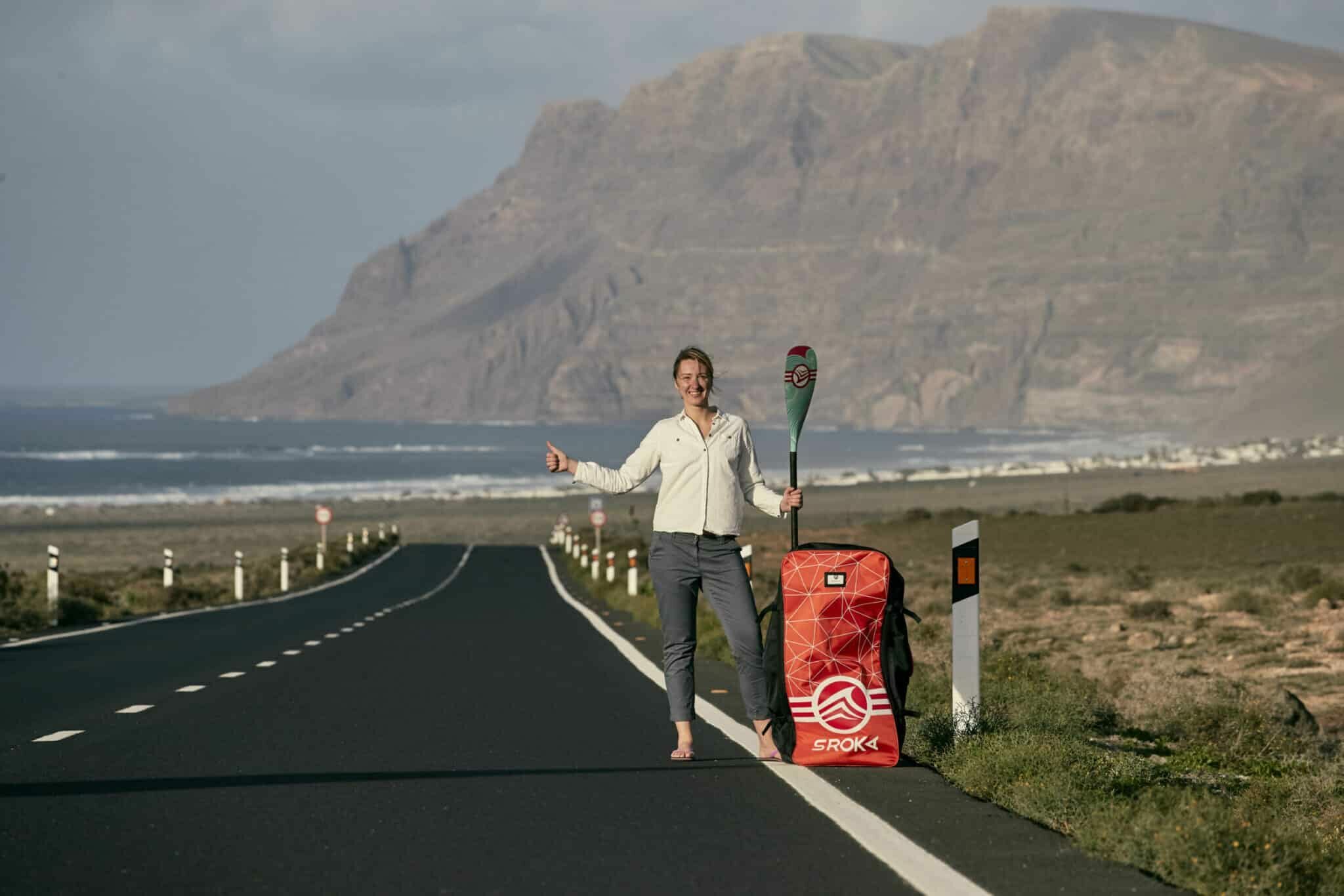 LE MAGAZINE
LE MAGAZINEHow to accelerate in wing foil?

For some time now, wingfoil has been opening up to ever more interesting speed horizons. Little by little, the sport is getting faster and faster, and wingfoilers are starting to catch up in terms of speed.
But how do you accelerate in wing foil? It’s not enough to be passive and wait for things to happen on their own, there are many parameters that come into play to help you accelerate.
Speed in wingfoil!
Embark on a cruise to your greatest speed records on the water and discover the ultimate pleasure of full-speed sailing.
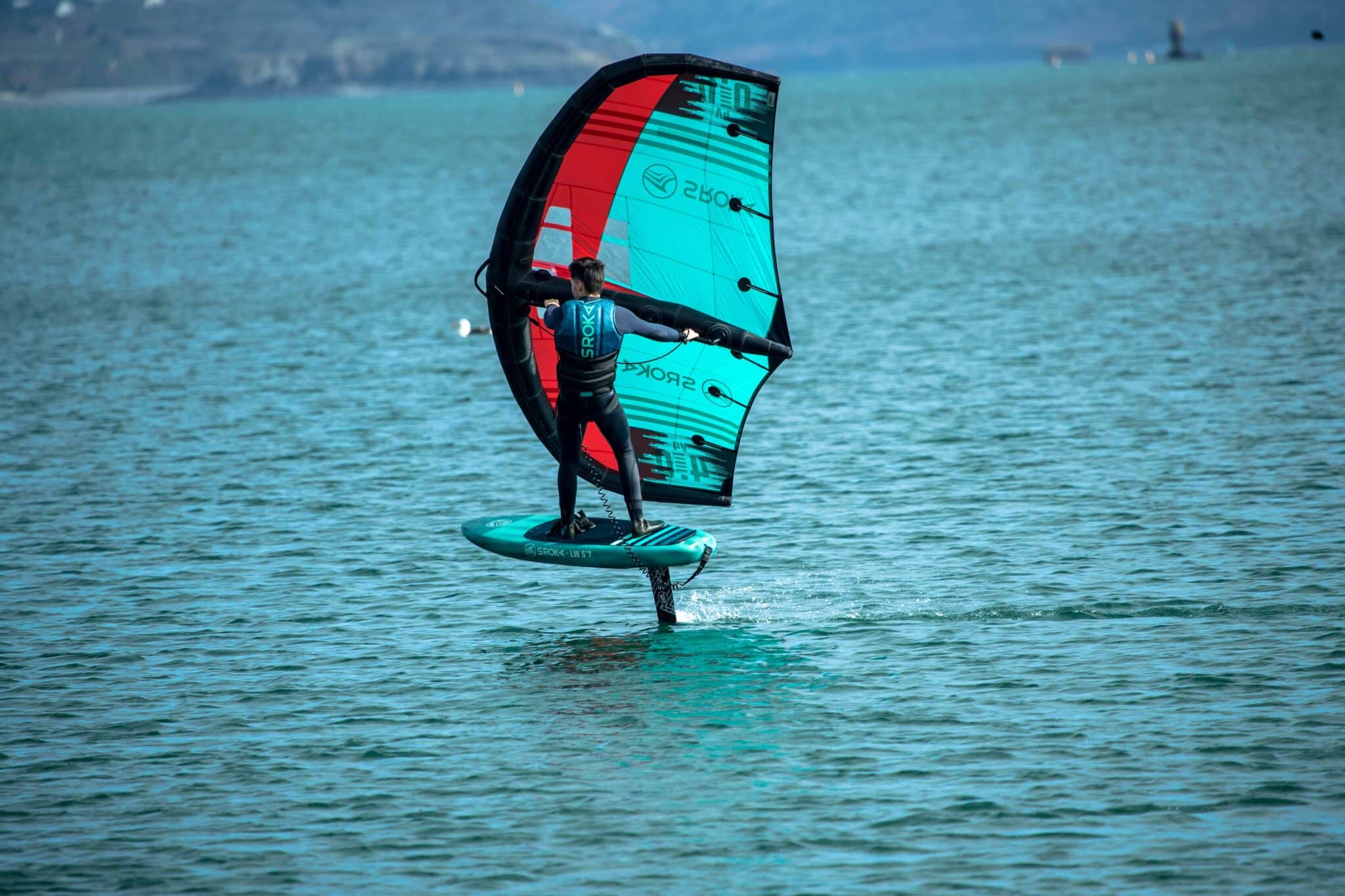
The right technique for acceleration
How fast can you go?
In sailing, most boats are faster when sailing on the beam, and the wing is no exception to this common characteristic, but there is a slight subtlety.
To go as fast as possible, start accelerating abeam to load the wing and the foil, then pull down hard to go wide, the energy accumulated abeam will catapult you to full speed wide, and the wide will accelerate you again.
To glide on a foil, you have to counter heel. Like kitefoils, the counter heel is a sort of balance between the wing pulling to one side and the foil and rider leaning to the opposite, allowing you to push into the foil, pull into the wing and thus unleash the speed of the whole.
The placement of the wing is also important: the closer it is to the horizontal, the more it will pull forward and accelerate you.
For some time now, harness attachments have been gaining in popularity and have become an essential part of freeride, freerace and race riding. To use them effectively, you need to find the right position. A sort of balance where you sit like a windsurfer, without pressing too hard to maintain the speed of foil without saturating the wing.
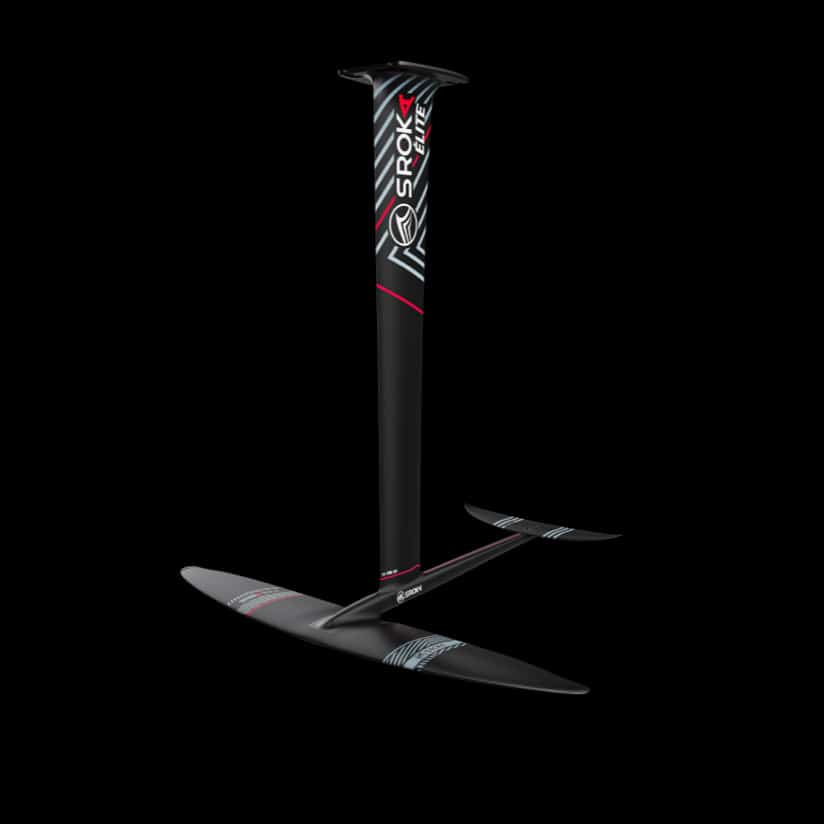
The right equipment for wingfoil acceleration
Wing equipment foil plays a vital role in your wing speed. The wing challenge proves it every year. To maximize your chances of acceleration, you’ll need to play as many games as possible.
The wing
The wing is the first important element: a stiff wing with little air trailing through it will give you a better propulsion feeling. Innovative materials and concepts abound. For example, SROKA is working on a race wing in dyneema, with the thinnest leading edge on the market to reduce drag.
The board
Wing boards foil are essential for take-off, as they enable you to maintain small foils in light winds. Their aerodynamics are also very important for speed and stability.
Visit foil
Finally, the most important element is foil, which plays a huge role in the speed of your set. Numerous parameters come into play here, such as the surface area of the front fin, the stabilizer, their thickness, their profiles, the thickness of the mast, its rigidity, its string… To put it simply, a thin, long mast with little string and stiffness is ideal. Combine it with a small 500 cm2 fin and a small stab, and you’ve got a real racing machine.
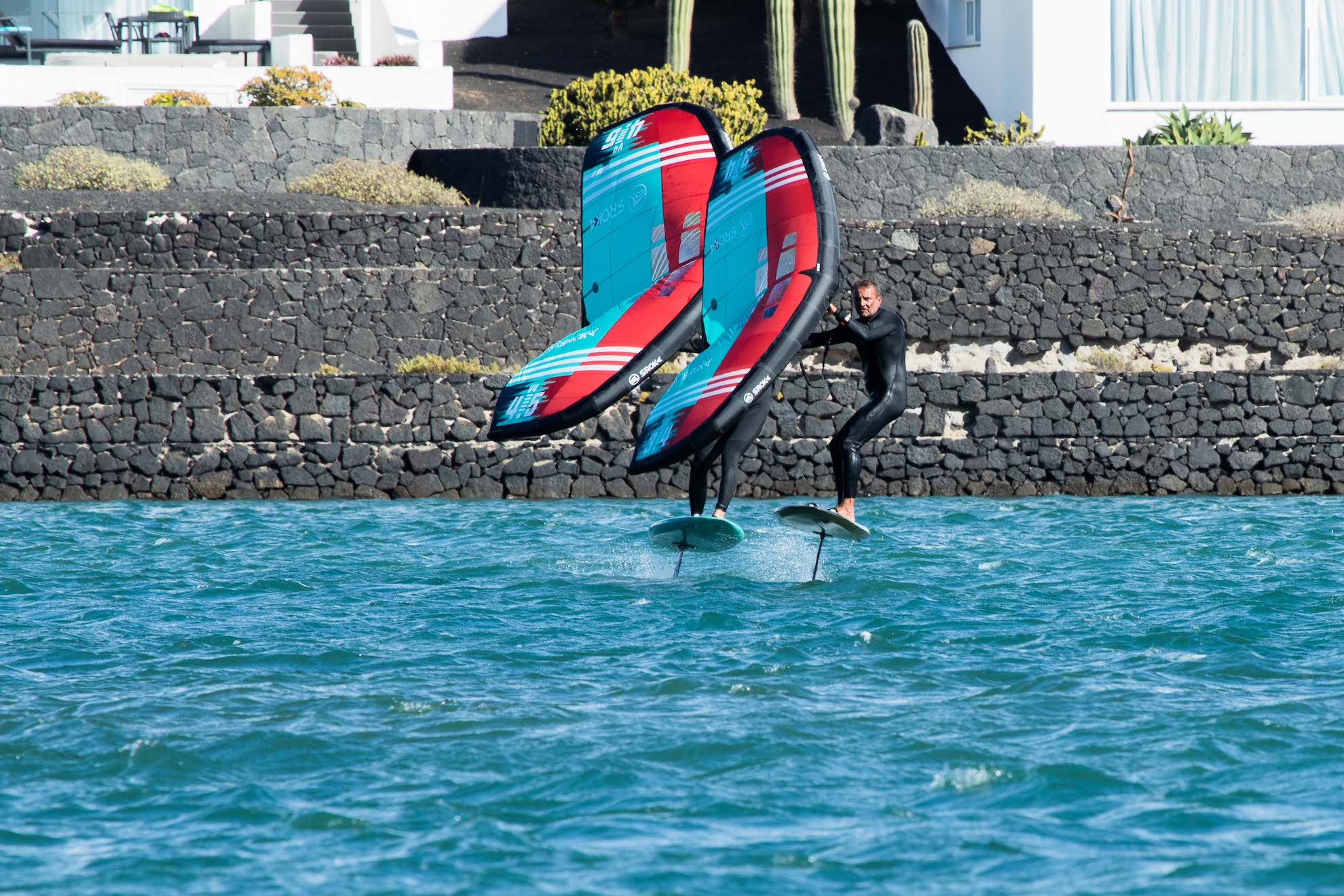
The settings that will make you go faster
Tuning is an important part of the performance of wing equipment, and although less complicated than that of windsurfing, it is nonetheless extremely important.
Setting up your wing
To begin with, the wing doesn’t need to be adjusted in its own right; you simply need to make sure your rigid wing is correctly inflated. If the wind is very strong, you may want to lower the pressure slightly.
The most important adjustment is that of the harness ends, whose balanced placement ensures comfort of use, which has a significant impact on performance.
Setting up your board
Once again, the goal is to be comfortable, so adjust your straps to avoid injury and to hold the board firmly without cramping your feet. As for their positions, we’ll deal with that in a moment.
Settings for your foil
Let’s move on to the foil settings, which are absolutely essential if you want to perform.
The stabilizer setting is a fine, precise adjustment. It affects the way you feel on the foil, and even the slightest degree can make you feel the foil in a different way. Depending on how the stabilizer is mounted on the fuselage, the following advice will be reversed. In the case of Sroka, our stabs are attached to the top of the fuselage. A positive shim lifts the rear of the stabilizer, giving more lift, while a negative shim lifts the front of the stab, reducing lift.
Positioning in the box is also important: moving your foil backwards reduces the support under your front foot, and vice versa.
What settings do I need to go fast?
When the foil accelerates, the lift under the front foot increases. To counteract this effect, the foil is moved back into the gearbox, resulting in a foil that’s more “back foot” at low speed but very balanced at high speed.
But depending on individual profiles, body sizes and preferences, foil can sometimes be an unpleasant experience, which is why we adjust the stab.
This setting moves the foil as far back as possible, increasing the distance between the stab and the rider’s front foot and thus adding stability and control, while restoring a positive angle to the stabilizer for greater comfort.
The position of the straps also plays a part in this precise balance: moving the rear foot back increases comfort at low speed and recovery when exiting a manoeuvre, while the forward strap allows you to press harder on the foil when accelerating, and further lengthens the distance between the stab and the front foot.
A speed junkie could then back everything up to the max, widen his stance (distance between the feet) and set the stab at 0° so that he glides as much as possible.
The psychological aspect of wingfoil
Speed on a foil is very frightening when you first try it out, and although a certain amount of acclimatization will make it easier as time goes by, it will always be a little scary to hurtle along at 30 knots in swells, chop and between competitors in a regatta.
You then enter a part of the game where technique can no longer advance without a significant psychological component to manage your fear. Some call it putting the brain down, but it’s important to stay focused to avoid falling. It’s more a question of controlling your emotions and your ability to put fear aside.
Conclusion
Wingfoil is an evolving sport, with increasingly impressive performance in terms of speed. To reach these high speeds, several elements come into play:
- Sailing technique is essential, especially in maximizing the lift effect of the foil and the wing. Adopting the right “counter-heeling” position is essential.
- The choice of material is crucial, from the rigid, aerodynamic wing, to the thin, slippery board, to the foil optimized for performance (shape, size, rigidity, etc.).
- Although simpler than windsurfing, trimming plays a decisive role, particularly in the positioning of the foil and the harness ends.
- Finally, the psychological aspect should not be overlooked. The speeds reached can be impressive, and require you to overcome your fear in order to fully exploit the equipment’s potential.
By mastering these different aspects, you’ll be able to push the limits of speed ever further in this fast-growing sport.
If you have any further questions, or if you have any other requests, please don’t hesitate to contact us!
 Le Magazine
Le Magazine



